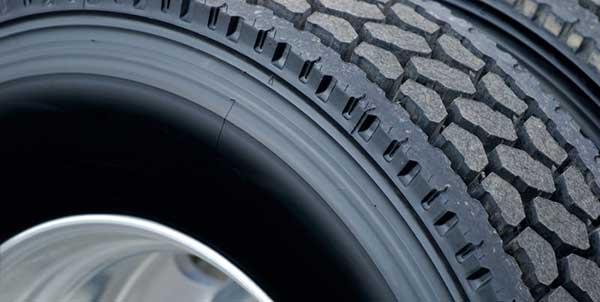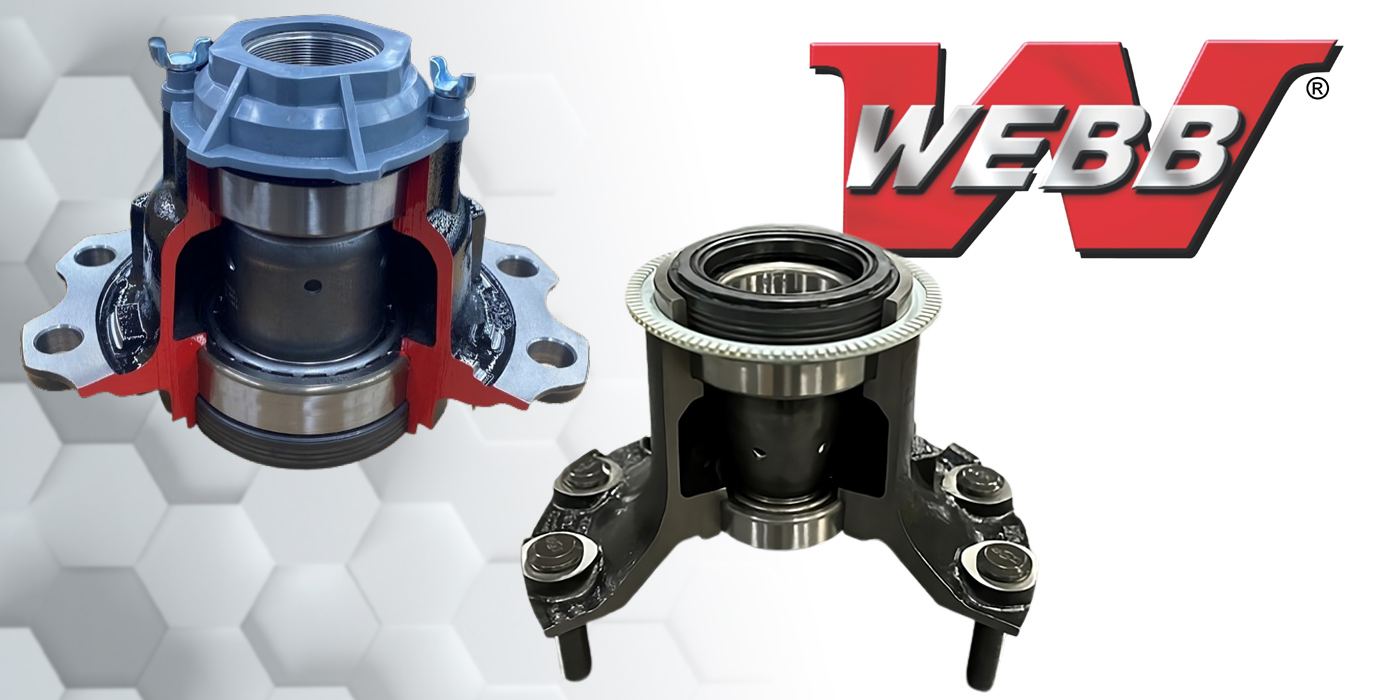New commercial tire designs and models are regularly introduced into the marketplace. Tire manufacturers are continually developing innovative tire brands utilizing the latest in material technology and tire design. Some designs are marketed for the improved fuel economy, others for better treadwear (miles/32-in.) and miles to removal. When the tire is described as having “improved retreadability,” the manufacturer is saying that the rubber compounds run “cool” while driving down the highway. Cool running compounds will always make a positive impact on retreadability when the casing reaches time for retreading. Heat is a tire’s worst enemy.
It can be a complicated process to determine which tire is the best solution for your specific operation. No two fleets have the same vehicle specification, service vocation, routes and/or loads. It is up to the fleet to run its own tire evaluation. Steer, drive and trailer tires must be evaluated separately. Tires may be more susceptible to developing irregular wear on a specific vehicle make or model.
Until you run a tire evaluation, it is difficult to forecast the best tire. The most difficult evaluation is fuel economy, which can be affected by a wide variety of factors such as driver, route, load, vehicle and tire air pressure. Unless the tractors are married to the trailers, it is very difficult to determine which tire really has improved fuel economy.
For reference, SAE publishes a Type II and Type III fuel economy test procedure.
Most fleets will run their own tire evaluation when it comes to treadwear and miles to removal, which takes some effort but can be accomplished if it is well thought through. First, decide how many tires you need to track to make the evaluation statistically sound. The ATA’s Technology and Maintenance Council recommends a minimum sample size of 30 tires for each individual test type or test group at the end of the evaluation; it may take 40 or 50 tires of each type to test to ensure that at least 30 are still standing at the end. If your fleet sees a high incidence of punctures and damages, you will certainly require a higher sample size.
Tires must be mounted within a reasonable time period. Historically, tires mounted in the winter season will have higher miles/32-in. compared to new tires mounted in the summer. A 10% to 15% difference in treadwear may exist between summer and winter tire mounting.
Of course, the tires should be mounted and tracked on same vehicle configurations that are running in the same service vocation. There is a significant difference in performance, for example, of steer tires that are mounted on vehicles that are running in city service with lots of turning compared to those running on line-haul vehicles. A steer tire may reach 200,000 miles if it is mounted on a vehicle that travels from New York to California, but that same steer tire may only reach 60,000 or 70,000 miles on a grocery fleet making multiple inner city stops.
Once the tires are mounted and the vehicles are in service, it is important to educate your maintenance staff on which tire measurements to record on a regular basis. Tire inspection and data recording should occur at least quarterly. For pickup and delivery service, monthly tire inspections may be appropriate. Many tires will disappear by the end of the evaluation, and so it is always important to have the most recent inspection data available.
During the tire inspection process, record the tread depth in the major grooves across the tread surface. If the tread is developing any signs of irregular wear such as cupping, rib depression, alternate lug wear or shoulder wear, record this information.
Take photos of any irregular wear. Checking the tire pressure with a calibrate pressure gauge is also important information. Tires running underinflated will generate significant heat and adversely affect tire treadwear. Record tire mileage during each inspection.
Advise all the technicians on the target tread depth pull point for the tire evaluation. When the tires do finally come out of service, record the final tread depth, take a photo of the tread and determine exactly why the tire came out of service. Was it due to reaching the tread depth pull point, or did it develop irregular wear?
Once the data is finalized, it will be easy to determine which tire model is the best solution for your fleet. Always work with your tire professional when running a tire evaluation.













